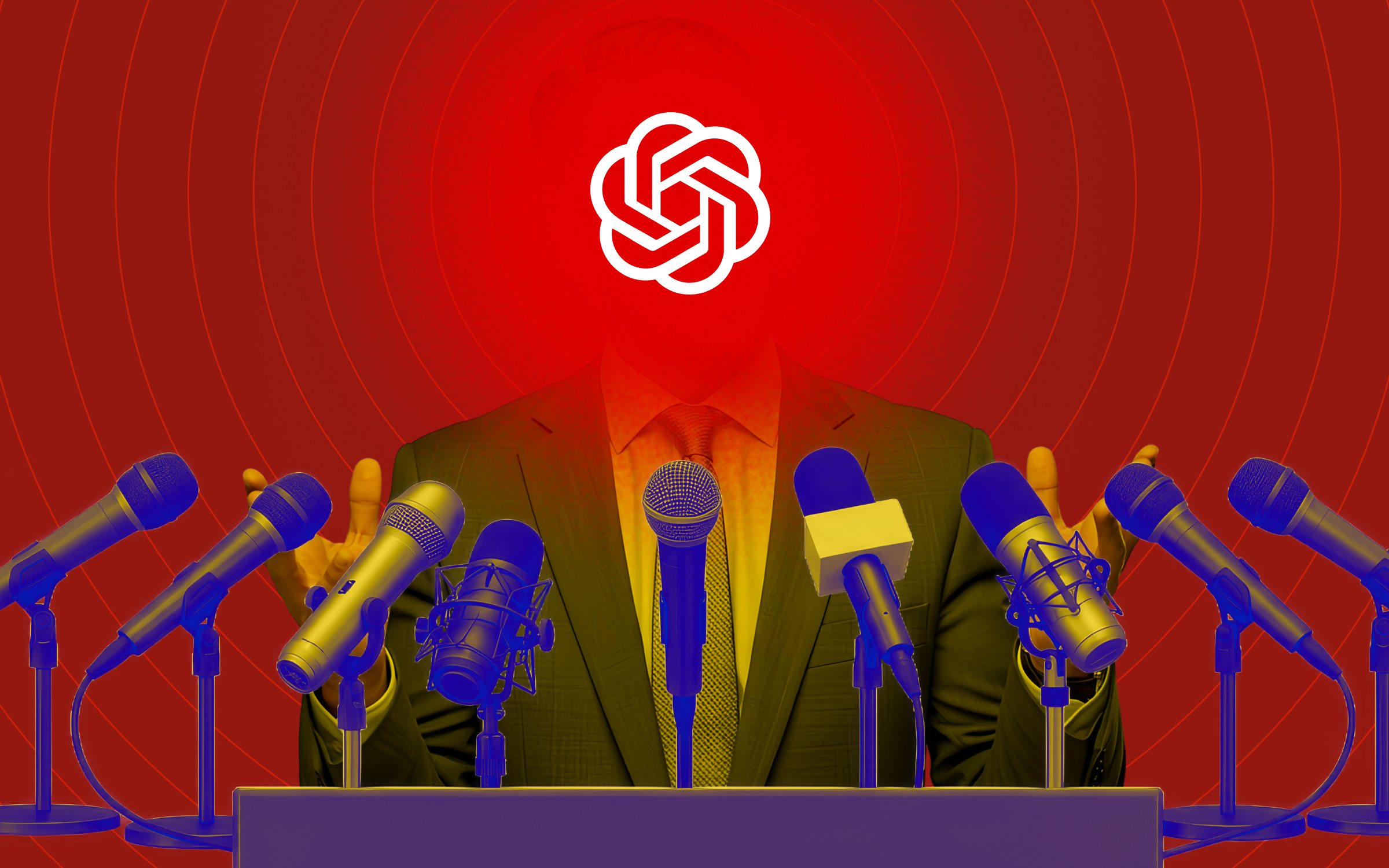It’s not just you. Executives everywhere are struggling to lead through these unprecedented times. In the Fall 2022 Future Forum Pulse survey of 10,766 desk workers around the world, execs reported a 15% drop in overall satisfaction over the past year. They’re also experiencing 20% worse work-life balance and 40% more work-related stress and anxiety.
No surprise, the pandemic continues contributing to the trend, says Jordana Cole, director of Learning and Development at Custom Ink, an online custom apparel retailer based in Fairfax, Virginia. “I think one of the things that we’ve seen through the pandemic is managers feel a heavier weight and responsibility of caring for their people’s well-being,” she says. “And how do they do that when they’re also caring for the business results? And more importantly, how do they make sure they’re caring for their own [well-being] while they’re caring for others?”
Indeed, she urges leaders to take care of themselves, not just for their own sakes, but for the good of those around them, at work and beyond. “When we focus on an individual’s well-being, there’s a symbiotic relationship where when they’re thriving at work, they’re going to thrive at home,” she says, going on to explain how that would encourage more thriving at work. “It’s going to foster engagement, performance, and productivity. So win-win for everyone. Managers are at the center of that.”
And it’s important to make your well-being a priority before it becomes a problem. After all, when it comes to burnout, “prevention is the best cure,” says Stephen Keene, a leadership coach based in the Washington, D.C., metro area.
Here are five ways to take care of yourself and ensure you’re able to be the best leader you can be.
1. Delegate
The Great Reshuffle has brought a lot of rising corporate leaders new responsibilities and pressure to prove they can handle them. Keene has seen this trend among his clients and beyond.
“They’ve got all these new tasks, all these new responsibilities, and they have a time window in which they feel like they need to get them done in order to prove, hey, I was the right choice,” he says. “And a lot of people have all those things on top of what you normally hear about CEOs feeling isolated and having the burdens of responsibility…to be the person who comes up with the strategic vision and puts it into action, and they have to satisfy the board and shareholders. They have all that pressure. That’s all consuming. And that is everywhere. That’s nationwide. That’s worldwide.”
One of Keene’s clients, he explains, feels that burden so acutely that he micromanages his staff, unable to trust others to complete tasks just right. So he’s taken it upon himself to do other people’s jobs on top of his own, plus constantly thinking about work even during off hours. After several coaching sessions, he felt comfortable enough to express concern over being able to keep up that unyielding pace. That’s where Keene saw the opportunity to say, “Let’s find something that we can work on short-term that’s realistic and achievable. And we can do that and implement it, get a little bit of traction, and we’ll keep right on going.”
The short-term solution has been delegation. Keene has coached his client through identifying which tasks should be passed on, who could do them, and what alternatives there are. He’s also recommended offering more training when necessary to ensure each person is able to handle the work without being micromanaged. “If he can get his mindset right so that he’s comfortable delegating, now he stops doing that other person’s job, he’s not there quite as late, he’s home, and he’s more present when he is home, and some of that guilt is relieved,” Keene says. “Okay, that’s two wins, but we only worked on one problem. Good deal.”
2. Find Your Energizers
Another way to strike a healthy balance is to find energy-boosters outside of work. At a recent leadership group at Custom Ink, participants were charged with “reflecting on your energizers,” Cole says. “What are the hobbies that you love? What kind of gets you in the zone when you’re drained? What can actually boost your energy? And they brought that into a team planning session…to not only get to know each other more, but to also spot strengths in each other or talk about how we can help each other provide those energy boosts when we’re struggling.”
For Timothy Johnson, chief human resources officer at Denver-based workers’ comp insurer Pinnacol Assurance, energizers include fishing, running, playing basketball, and coaching his son’s basketball team. “Every Monday and Wednesday from seven to nine, I’m going to the middle school, coaching his AAU team,” he says. “And that time for me is sacred. It’s my time with him.”
3. Reset Your Priorities
In fact, Johnson’s son is his reason for seeking balance and being intentional about family time. Earlier in his career, he had been focused solely on climbing the ladder and successfully reached executive ranks by his early 20s. But it required sacrificing everything else. One day, he realized his son hadn’t even bothered telling him about a debate team event. After asking why he wasn’t invited, his son told him, “You don’t go to anything. All you do is work.”
“That’s like taking a fork and sticking it right in your heart,” Johnson says. “And so that was an eye opener for me. Something was wrong and what was wrong was work was most important, not family and not making time to do the things that are really important around family… And I said, you know what, I’m not missing stuff like this anymore.”
4. Set Clear Expectations
To ensure he can keep that sacred time, Johnson openly communicates his personal needs and blocks off his calendar accordingly. “I tell everyone around me that this is what’s important. They know Mondays and Wednesdays…that I’m coaching every week,” he says. “It’s really just about being intentional.” [See Being a Role Model for Well-Being.]
That goes for setting boundaries on your schedule, as well as setting expectations for performance and productivity. To avoid any confusion between blocking off personal time and quiet quitting — a trending term for the age-old strategy of putting in the bare minimum at work — you should clarify both what is expected of you in your current role, as well as what it’d take to advance. If maintaining balance risks setting you back, in terms of potentially advancing your career, you should find that out sooner rather than later. “Most everything is solved by listening and clear communication. [Leaders] just need to be transparent about that,” Keene says. “Otherwise, it feels like, you know, there might be an element of favoritism. Or there might be some sort of… hidden metric [to succeeding at the company].”
5. Use Your Toolkit
Be sure to tap well-being assistance provided by your company. At Custom Ink, when the pandemic first started, Cole worked with HR to put together a well-being toolkit. They pieced together an array of mental health, physical fitness, financial wellness, and other well-being tools and resources to help people with whatever their needs are, whether urgent or long-term.
For example, they were sure to include different 24/7 crisis hotline numbers for specific emergency situations. “Putting somebody through a two-hour workshop or a three-month program about their well-being is kind of like taking a two-week course at Home Depot about how to fix your roof,” Cole says. “So what are some of the quick resources you can provide?”
Some other things included in the Custom Ink’s well-being toolkit: a collection of tips and articles on a variety of topics including mental health, fostering virtual communities, and stress relief; access to virtual fitness classes, including for yoga and meditation; free online courses around resilience, managing stress, and the science of well-being; and free LinkedIn Learning courses and groups. Cole also recommends resources from the University of California Berkeley’s Greater Good Center, which includes monthly challenges around well-being.






